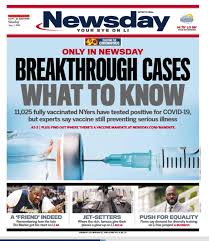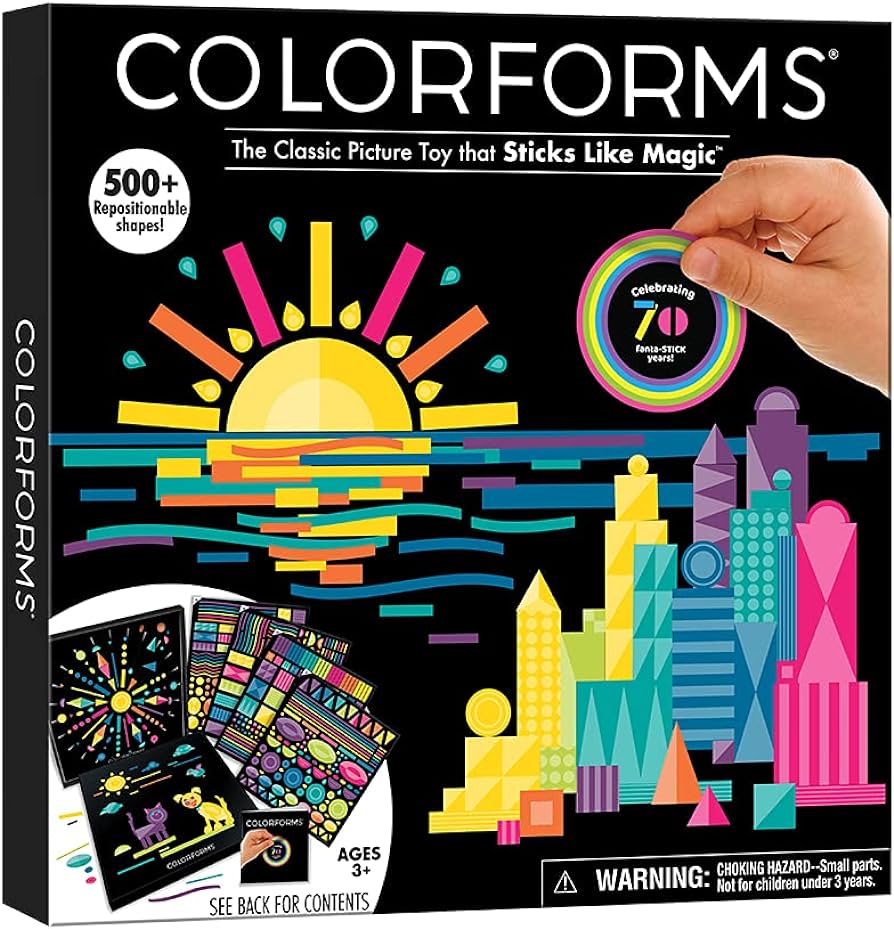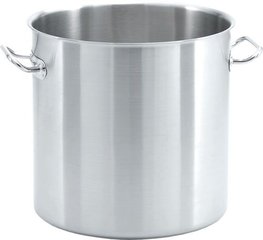Brand Strategist as Navel Gazer.
I have a client who is a savvy, savvy marketer in a high growth business. He really gets my brand strategy framework. His is a complicated business, not easily explained to people outside the technical category. One of the things this CEO likes about my work is that I do lots of interviews with employees and customers but also outside SMEs (subject matter experts) to help with balance.
The client takes my rough transcript notes from the employee and customer interviews and scours them, using the verbatims to stay in touch with their feelings about the company. So, while I’m extrapolating and packaging brand strategy, he’s using the notes as a kind of satisfaction research. I suspect the interviews fill in some holes not otherwise found through face-to-face meetings, tech blogs and business presentations.
(Andy Grove, CEO of Intel way back when, started each day listening to the customer care hotline. It was his way of staying on top of things.)
I wonder is these interviews of mine may be a more in-demand revenue stream for What’s The Idea? than is “brand strategy.” Not a lot of C-level executive wake up in the morning saying “I need a brand strategy.” But many wake up wondering what their customers and employees think.
Hmmm.
Peace.





 The real art of brand planning is in knowing what not to say.
The real art of brand planning is in knowing what not to say.